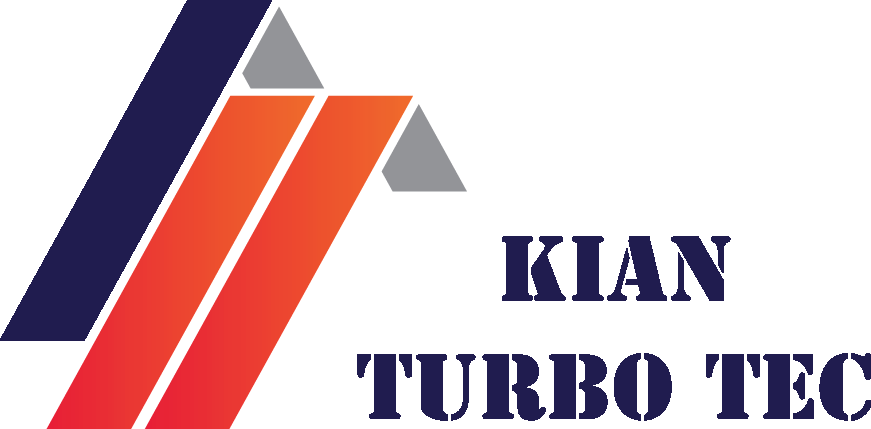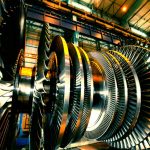Solar Mars gas turbine upgrades
Boosting Performance with Solar Mars Gas Turbine Upgrades
Solar Mars gas turbine upgrades is important for optimizing the function and extending the efficiency, reliability, and lifespan of turbines used in power generation and industrial applications. With the rise of environmental scrutiny and more stringent regulations, upgrading these turbines ensures enhanced performance and lower emissions. Facilities can achieve maximized outcomes with focus on strategic enhancements while saving on costs for operations.
Understanding Solar Mars Gas Turbine Upgrades
Gas turbines such as Solar Mars undergo extreme thermal and mechanical stresses. Over time, elements like blades, combustors, and complex control systems may become outmoded and inefficient. Upgrades take these out-of-date parts and retrofit or replace them to meet set performance goals, resetting peak efficiency. Compliant modifications also ensure meeting new environmental standards.
Key Areas For Upgrade
Combustors and Turbines Blades Hot Section Components.
Thermally advanced alloys with new thermal coatings for blades increase heat resistance. These new blends allow turbines to operate at greater temperatures for a boost in power output, as desired.
System Improvements In Combustion
Low-NOx combustors fuel reductions along with cutting harmful emissions improves efficiency which comes with additional benefits overboosting power output.
Digital Control Systems Enhancements Within The Control Systems
Upgrading old models provides enhanced operation. New models improve diagnostics, monitoring, and remote control operation.
Enhanced Turbine Protection Above Air Filtration
Advanced systems provide stronger barriers against contaminants and enhanced cooling stabilizes operations due to better controlled internal environments.
Advantages Derived from Upgrading Solar Mars Gas Turbines.
There are multiple quantifiable and strategic advantages that come from regularly upgrading your Solar Mars turbine systems that benefit operators: Efficiency: Upgrading burner sets and fan systems as well as control systems improves turbines’ fuel burning efficiency which aids in costs profitability.
Operational Reliability Maximized:
Replacement of obsolete parts decreases the chance of unplanned-otherwise-detrimental outages in a more costly industrial environment. Emission Cuts: There are stringent requirements on emissions. Upgradeable NOx burners and cleaner combustion systems ensure that stringent requirements can be met and/or exceeded. Extended Equipment Lifecycle: Economically sound upgrades and contemporary constituents considerably extend the lifecycle of a turbine which postpones the need for expensive replacements. Increased ROI: A vast majority of operators have reported that their upgrade investments were paid back as a result of lower fuel costs, decreased downtime, and greater production consistency. Planning an Upgrade Successfully: Phases of a defined comprehensive strategy that need to be followed are: Detailed assessment begins with a thorough performance review which incorporates analysis of operational history, fuel logs, maintenance histories, and more. Identify any inefficient areas of systems or decline mechanically. Detailed evaluation of the critical system blades, combustion liners, sensors, bids, and other complex parts to classify and catalogue upgrade and replacement necessities of the individual components of the complex system. OEMs or other certified third parties interfacing with Solar Turbines are encouraged to submit design modifications to improve and realize the desired upgrades.




